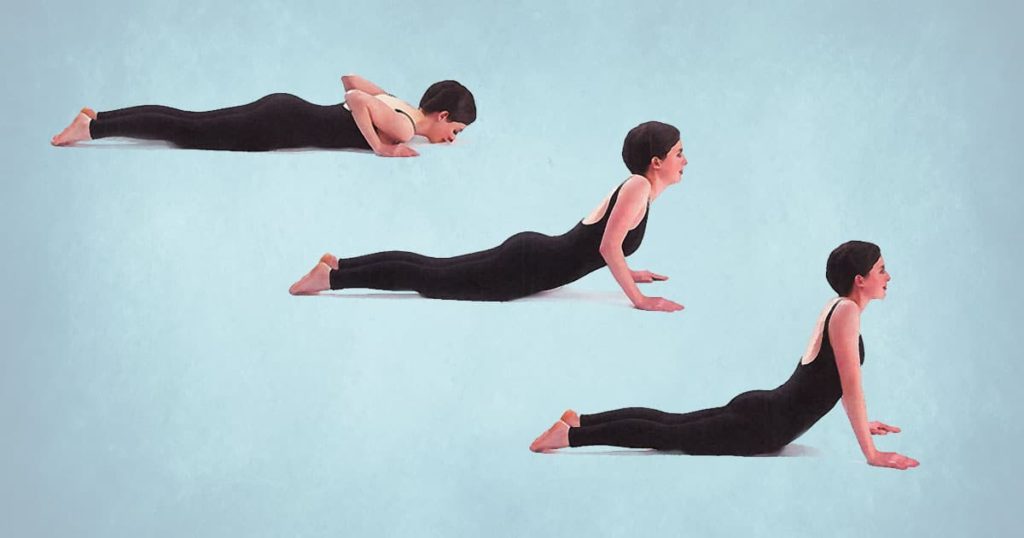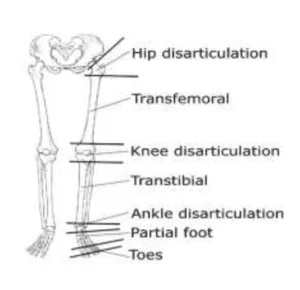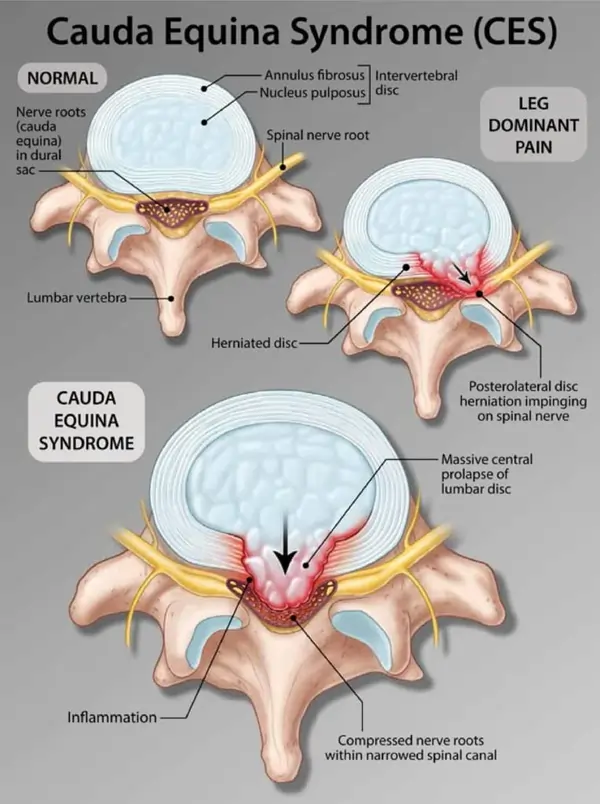William’s Flexion Exercises vs McKenzie’s Extension Exercises
Table of Contents
Introduction of William’s flexion exercises :
- The William’s flexion exercises are also known as Williams exercises or William’s lumbar exercises.
- It is most commonly used to treat patient’s low back pain.
- It helps to improve or increase lumbar flexion range .
- As well as helpful to strengthen gluteal and abdominal muscle strength.
- This type of exercises are developed for men younger than 50 years of age and women younger than 40 years of age , who had following problems :
- Lumbar spine lordosis
- Diminished or reduced disc space of lumbar spine
- Mild to moderate chronic / long lasting lower back pain.
Introduction of McKenzie’s extension exercises :
The McKenzie’s extension exercise is a overall program of assessment, diagnosis, treatment and preventive methods for spinal and limb related disorders.
- It is also known as Mechanical Diagnosis and Therapy (MDT).
- The McKenzie method of spinal therapy is the progression of mechanical forces applied to the patient to utilise a therapeutic effect in the present disease or condition.
- This method was developed by ” Robin Anthony McKenzie ”
- He was the physical therapist in New Zealand.
- Also He was the Founder and President of International Institute of McKenzie.
- Robin McKenzie always believe in Movement based examination as well as treatment protocols.
William’s flexion exercise and McKenzie extension exercise- both had developed exercises for lower back pain.
They have some similarities as well as differences in their thinking about exercise protocols , etiology of symptoms , and also in their treatment goals.
Similarities of William’s flexion exercises and McKenzie’s extension exercises :
Etiology of Back pain :
- William and McKenzie both felt same in etiology of back pain.
- It is as below :
- Stress induced on the inter vertebral disc but poor body posture can be the cause of lower back pain.
- They also believed that discal origin is the main cause of back pain.
Treatment Goals :
They both taught patient self control techniques to counter their back pain.
Differences of William’s flexion exercise and McKenzie’s extension exercises :
Differences in Etiology of back pain :
- William talks more about Lack of flexion might be the possible cause of lower back pain.
- Mckenzie talks mostly about increasing exetension ranges of lumbar spine.
- William felt that lordotic lumbar spine gives pressure and strain over posterior structures of inter vertebral discs.
- so it will cause demises into inter vertebral disc.
- he also claimed that lower back pain also developed when he fist stood up.
- McKenzie thought that inter vertebral disc pathologies are the primary cause of lower back pain.
- he theorized that prolonged sitting in a flexed position always causes back pain.
- so he considered it as a predisposing factor.
- and secondly he also talks that lack of extension ranges of lumbar spine is also the culprit of lower back pain.
Differences in Treatment Goals :
- William always said that do activity like sit to stand , walking , stand to supine lying or lying on the bed ,you perform this activities in a way that reduces hollow into your lower back.
- He always focuses to reduce lumbar curve and flatten the lower lumbar spine.
- McKenzie leaned more towards the use of activities in which extension of spine will occur.
- William begun treatment with the help of flexion exercises.
- McKenzie begun treatment with the help of extension exercises .
Some examples of William’s flexion exercises :
- Pelvic tilts exercise
- Single knee to chest exercise
- Double knee to chest exercise
- Partial sit ups exercise
- Hamstring stretching
- Hip flexor muscle stretching
- Squats
Some examples of McKenzie extension exercises :
- Prone lying positioning
- Prone lying on elbow exercise
- Prone press ups exercise
- Progressive extension exercises
- Standing extension exercise
- They both believe to centralise the patients pain.
- The movement that they suggested to their patients may have differences but the concept of using movement to control pain was similar in both techniques.
In which spinal conditions William’s flexion exercises would be beneficial ?
- In the following conditions it would be beneficial.
- In this conditions there will be narrowing of the space into the inter vertebral foramen.
- So bending forward will create more space in inter vertebral foramen.
- And it will allow the passage of nerve roots without being pressed by adjacent structures.
- Spinal canal stenosis
- Lumbar spondylosis
- Lumbar spondylolysthesis
- Sciatica
In which conditions McKenzie’s extension exercises would be beneficial?
- In the following conditions the exercises are indicated.
- Herniation of Discs
- Bulged discs
- Protruded Discs
- Disc prolapse
What are the goals of William’s flexion exercises ?
- To open up the inter vertebral foramen.
- To unlock facet joints.
- To stretch the hip flexors.
- To mobilise the posterior fixation of lambo sacral articulation.
- To strengthen abdominal muscles.
- To stretch Back extensor muscles.
- To increase intra abdominal pressure by contracting internal and external oblique muscles of abdomen.
What are the goals of McKenzie’s extension exercises ?
- To maintain normal lumbar lordosis.
- To strengthen extensor muscles of back and hip.
- To relieve pressure over lumbar disc
- Most commonly seen in posterior or postero lateral Disc prolapse patients.
- To improve mobility of lumbar spine.
Contraindications of William’s flexion exercises :
Or in which conditions you can not use William’s flexion exercises ?
- Acute disc prolapse
- Immediately after prolonged rest with hyper hydrated disc.
- because it will cause rupture.
- Postural low back pain because of flexion.
- Lateral trunk shift.
Contraindications of McKenzie’s extension exercises :
Or In which conditions you can not use McKenzie’s extension exercises?
- Acute Disc prolapse
- Multiple back operations
- Spinal canal stenosis
- Lumbar spondylolisthesis
Conclusion of the comparison:
Some studies suggest that recommendation of extension exercises or McKenzie extension exercises must be used , when there is an acute phase of the condition.
lumbar flexion exercises or William’s flexion exercises should be used in chronic or later stages of conditions.
when patient has full range of motion of spinal flexion and extension.
Some studies and evidences also suggest that William’s flexion exercises and McKenzie’s extension exercises are significantly effective in reducing mechanical lower back pain.
William’s flexion exercises are more beneficial than McKenzie’s extension exercises.






